Move 36
2002/04
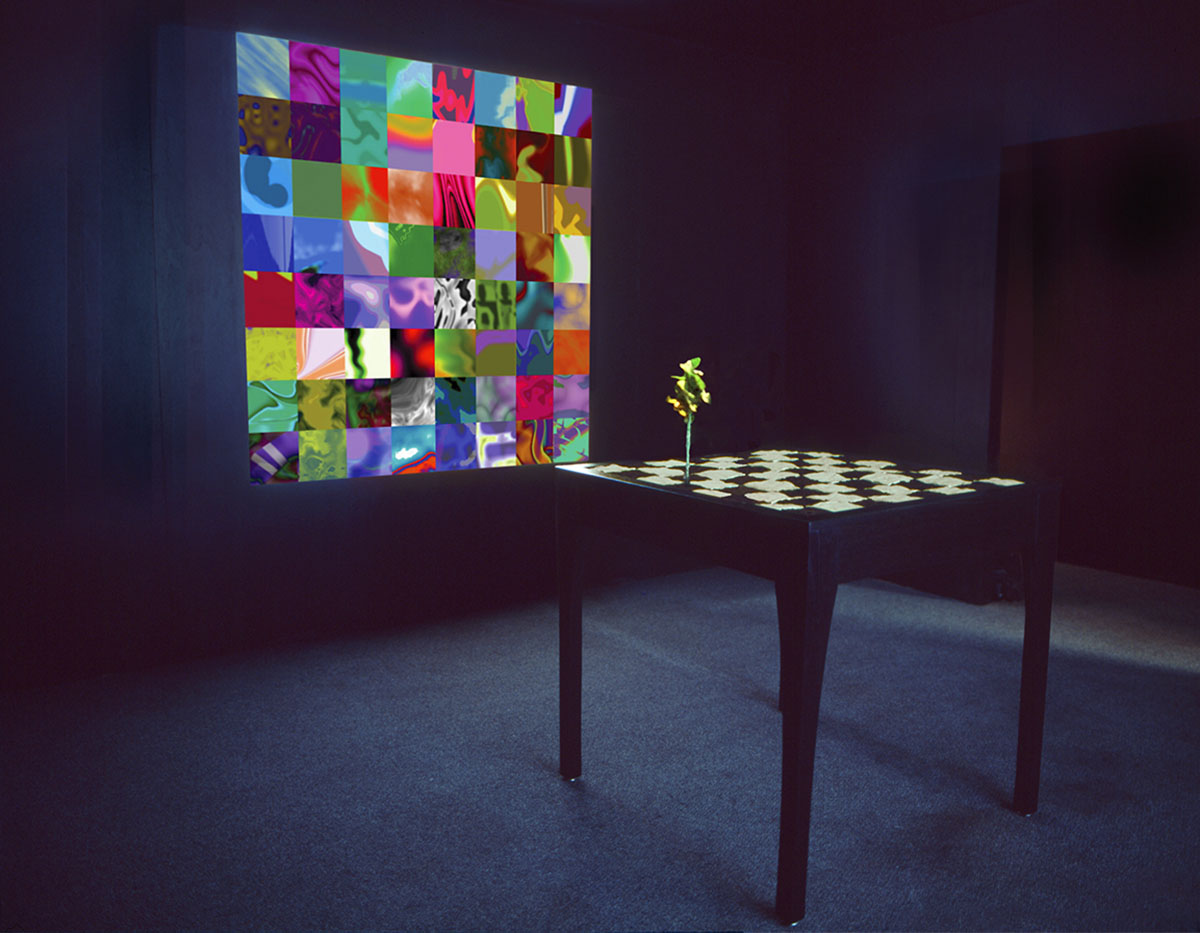
Move 36 makes reference to the dramatic move made by the computer called Deep Blue against chess world champion Gary Kasparov in 1997. This competition may be characterized as a match between the greatest chess player who ever lived and the greatest chess player who never lived. The installation sheds light on the limits of the human mind and the increasing capabilities developed by computers and robots, inanimate beings whose actions often acquire a force comparable to subjective human agency.
According to Kasparov, Deep Blue's quintessential moment in game two came at Move 36. Rather than making a move expected by viewers and commentators alike--a sound move that would have afforded immediate gratification--it made a move that was subtle and conceptual and, in the long run, better. Kasparov could not believe that a machine had made such a keen move. The game, in his mind, was lost.
The installation presents a chessboard made of earth (dark squares) and white sand (light squares) in the middle of the room. There are no chess pieces on the board. Positioned exactly where Deep Blue made its Move 36 is a plant whose genome incorporates a new gene that I created specifically for this work. The gene uses ASCII (the universal computer code for representing binary numbers as Roman characters, on- and off-line) to translate Descartes' statement: "Cogito ergo sum" (I think therefore I am) into the four bases of genetics.
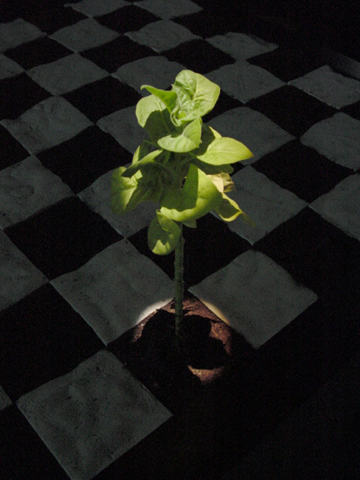
Through genetic modification, the leaves of the plants curl. In the wild these leaves would be flat. The "Cartesian gene" was coupled with a gene that causes this sculptural mutation in the plant, so that the public can see with the naked eye that the "Cartesian gene" is expressed precisely where the curls develop and twist.
The "Cartesian gene" was produced according to a new code I created especially for the work. In 8-bit ASCII, the letter C, for example, is: 01000011. Thus, the gene is created by the following associations between genetic bases and binary digits:
A = 00
C = 01
G = 10
T = 11
The result is the following gene with fifty-two bases:
CAATCATTCACTCAGCCCCACATTCACCCCAGCACTCATTCCATCCCCCATC
The creation of this gene is a critical and ironic gesture, since Descartes considered the human mind a "ghost in the machine" (for him the body was a "machine"). His rationalist philosophy gave new impetus both to the mind-body split (Cartesian dualism) and to the mathematical foundations of current computer technology.
The presence of this "Cartesian gene" in the plant, rooted precisely where the human lost to the machine, reveals the tenuous border between humanity, inanimate objects endowed with lifelike qualities, and living organisms that encode digital information. A single parallel light beam shines delicately over the plant. Silent square video projections on two opposing walls contextualize the work, evoking two chess opponents in absentia. Each video projection is composed of a grid of small squares, resembling a chessboard. Each square shows short animated loops cycling at different intervals, thus creating a complex and carefully choreographed thread of movements. The cognitive engagement of the viewer with the multiple visual possibilities presented on both projected boards subtly emulates the mapping of multiple paths on the board involved in a chess match.
A game for phantasmic players, a philosophical statement uttered by a plant, a sculptural process that explores the poetics of real life and evolution. This installation gives continuity to my ongoing interventions at the boundaries between the living (human, non-human animals) and the nonliving (machines, networks). Checkmating traditional notions, nature is revealed as an arena for the production of ideological conflict, and the physical sciences as a locus for the creation of science fictions.
Move 36 Suite
All images: lambda print on pearlescent paper / diasec, edition of 3, signed and numbered on the back, 15" x 15" (38 x 38 cm), 2005.
The complete Move 36 Suite is in the permanent collection of the Victoria and Albert Museum, London.
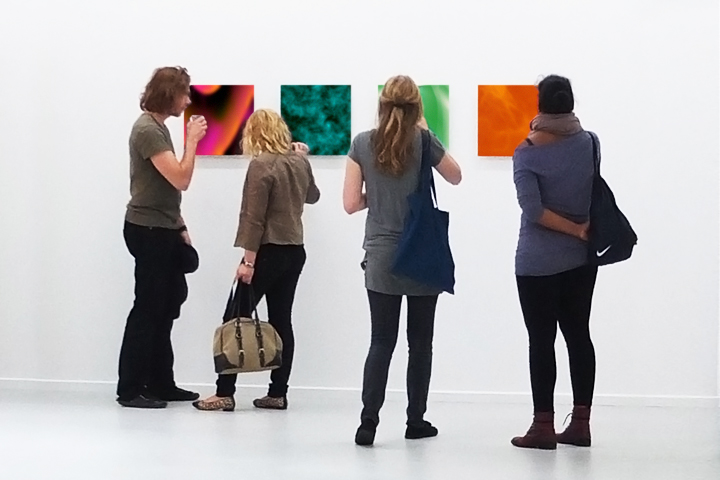

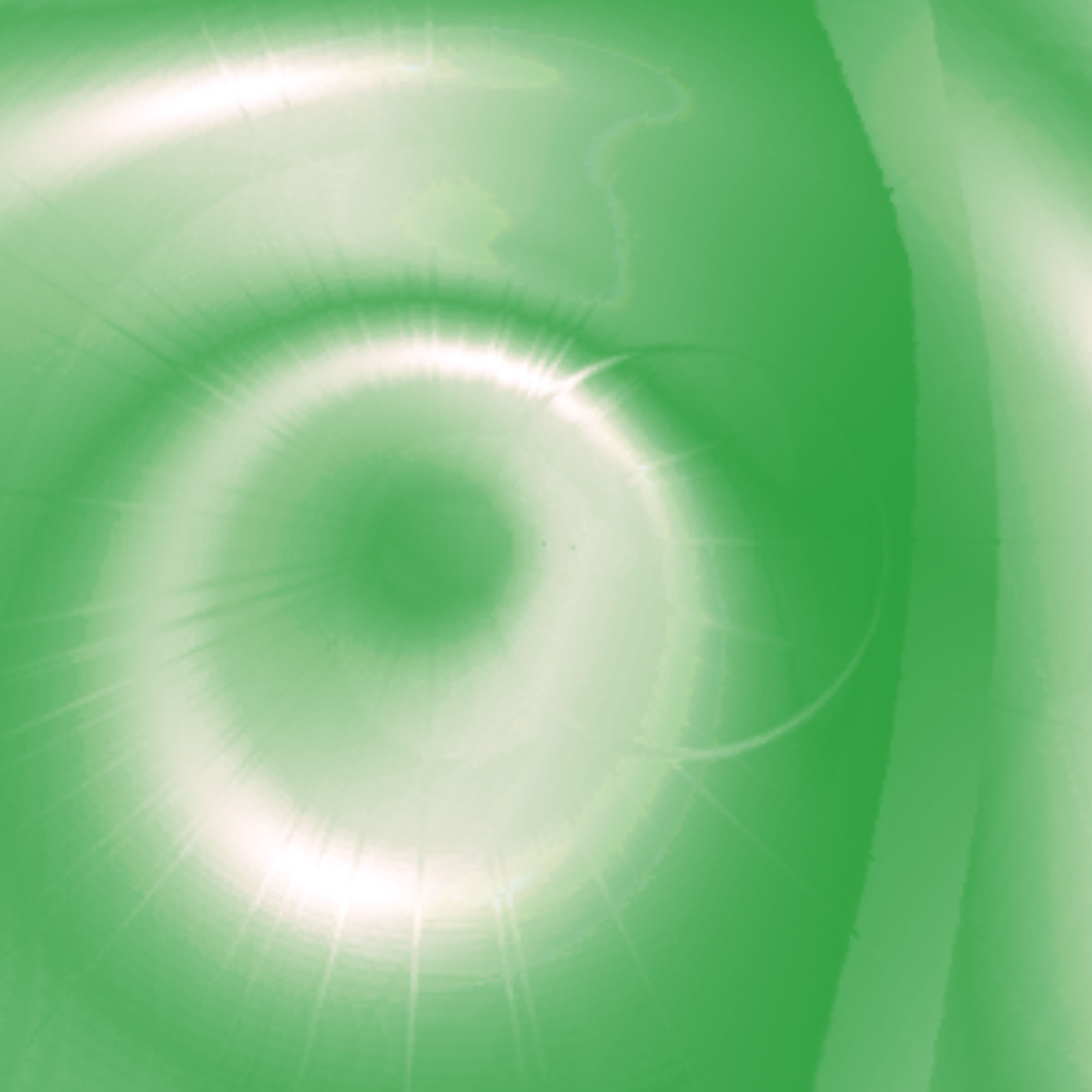
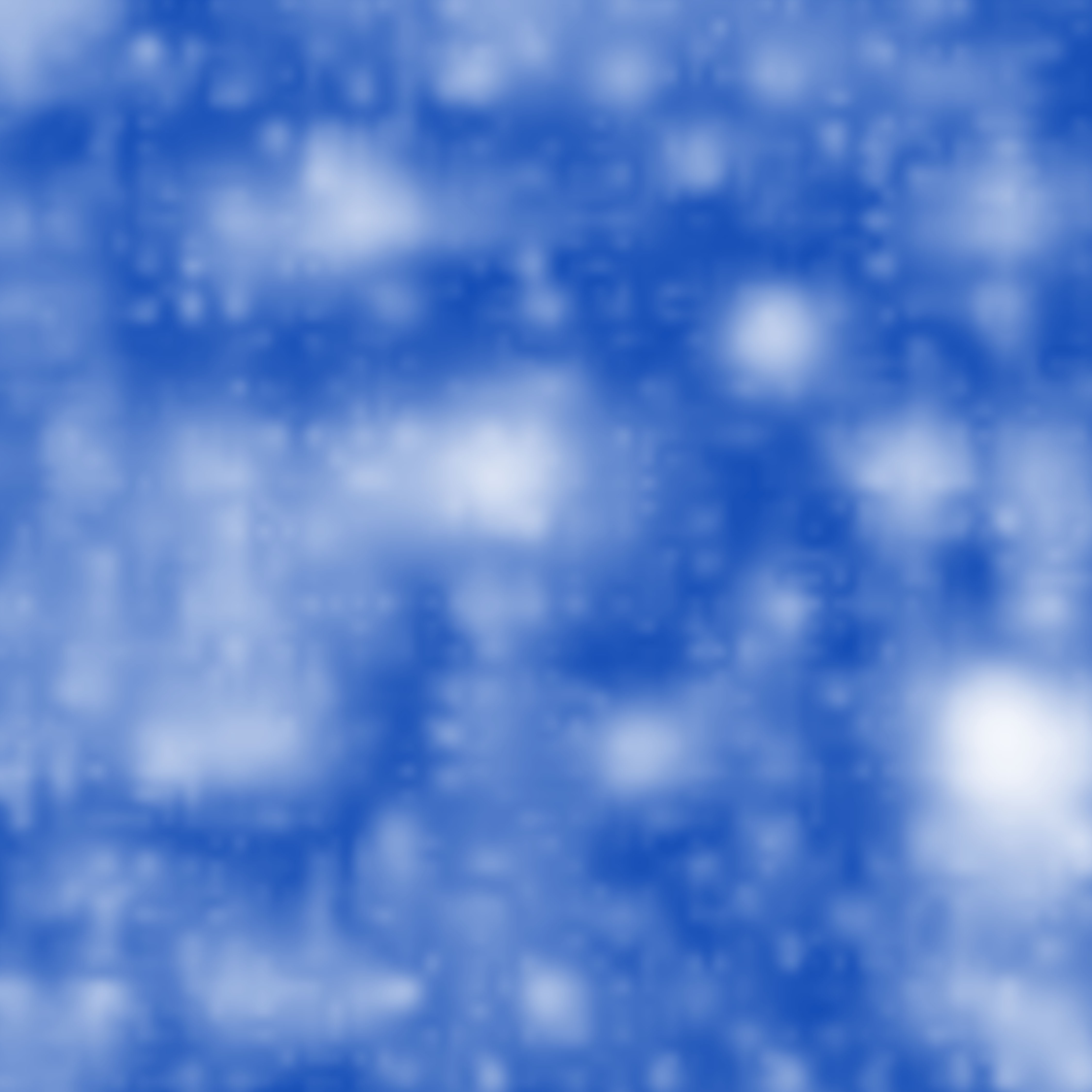
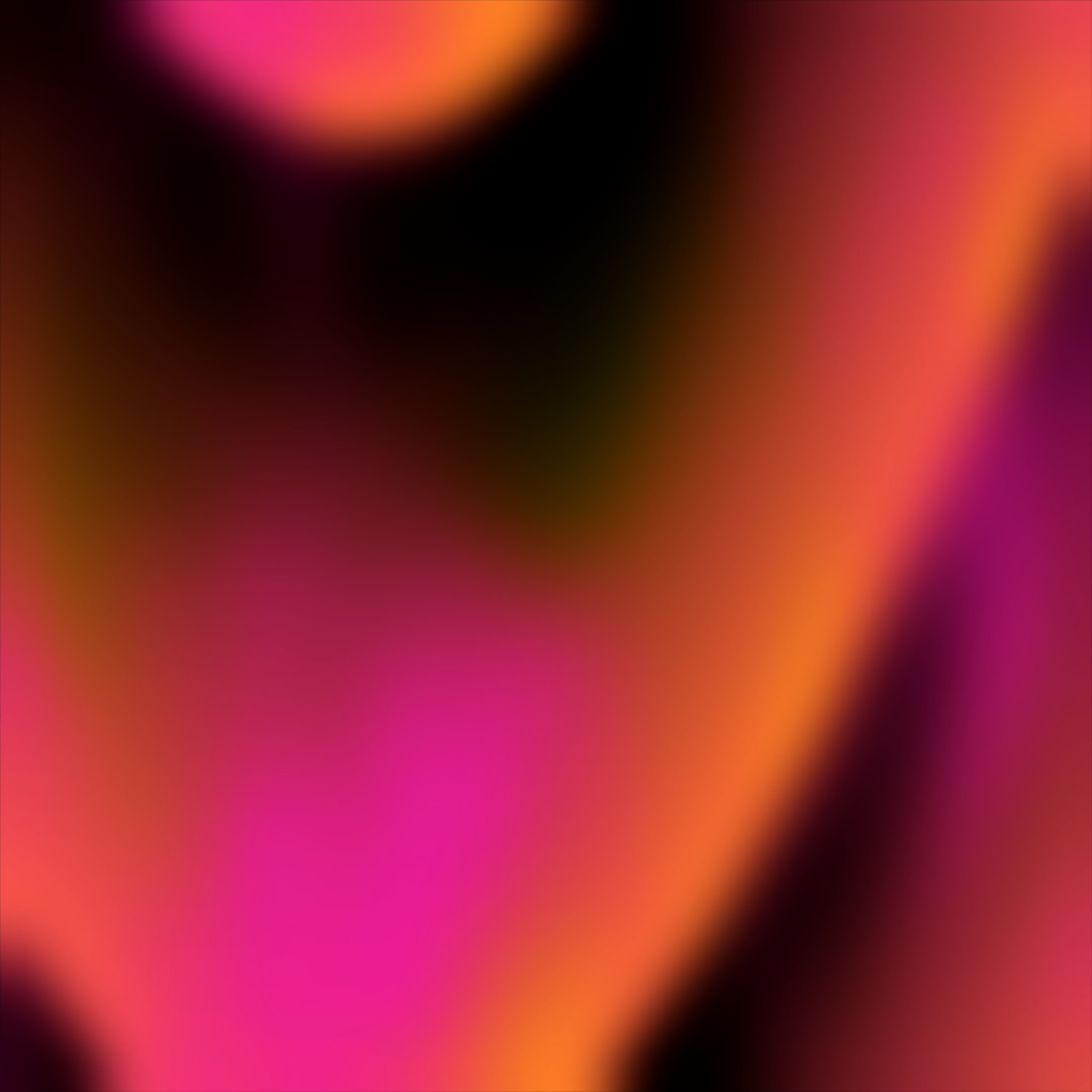
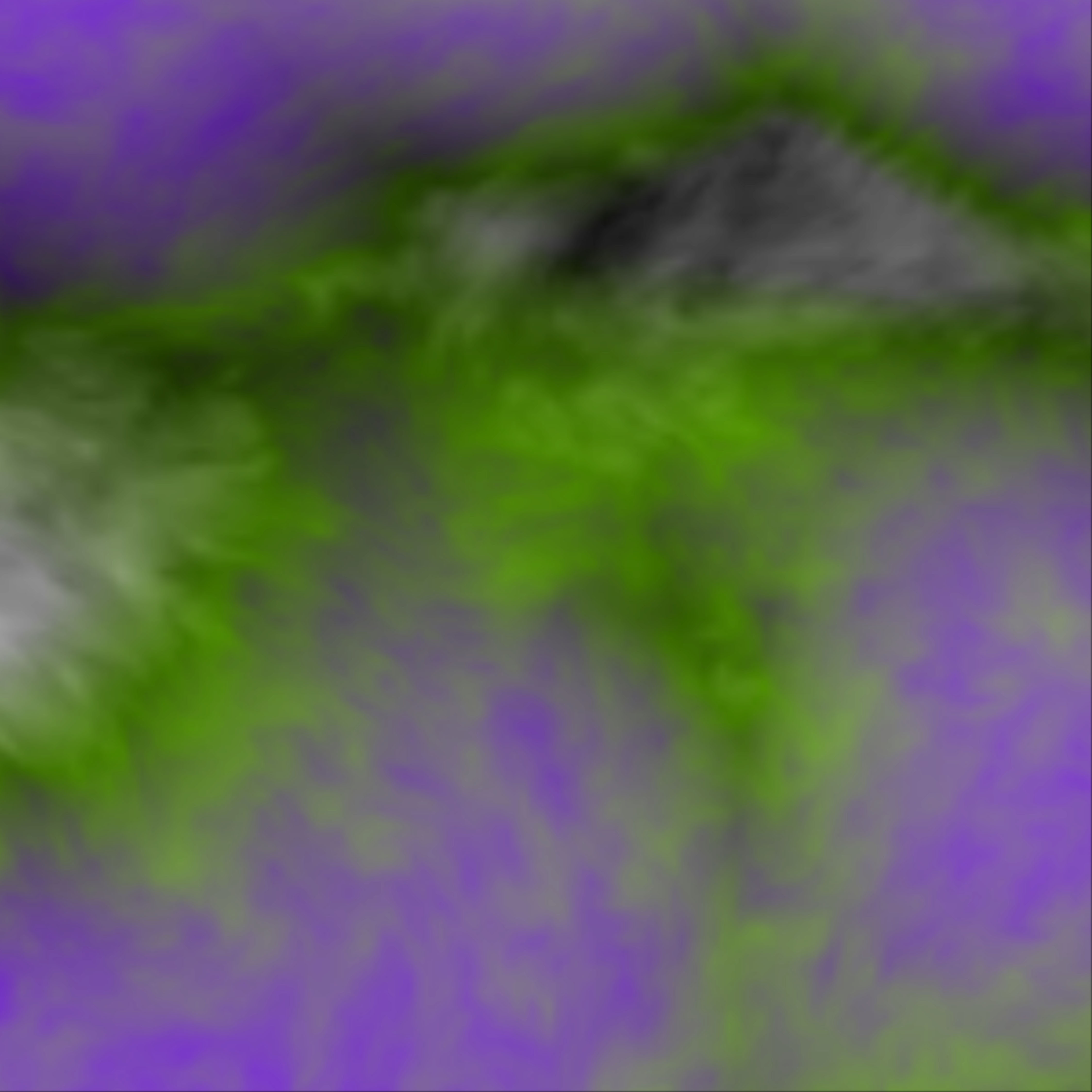
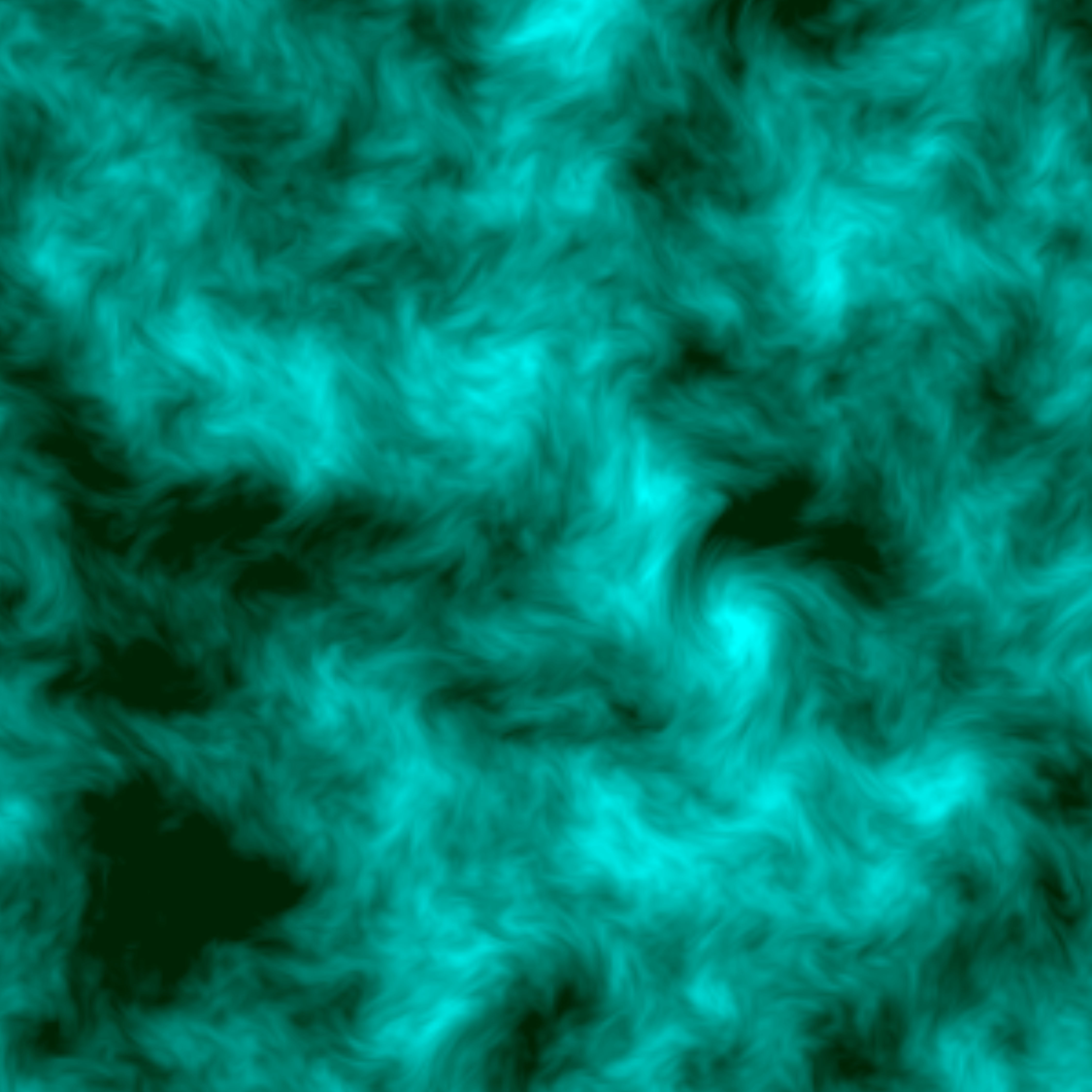
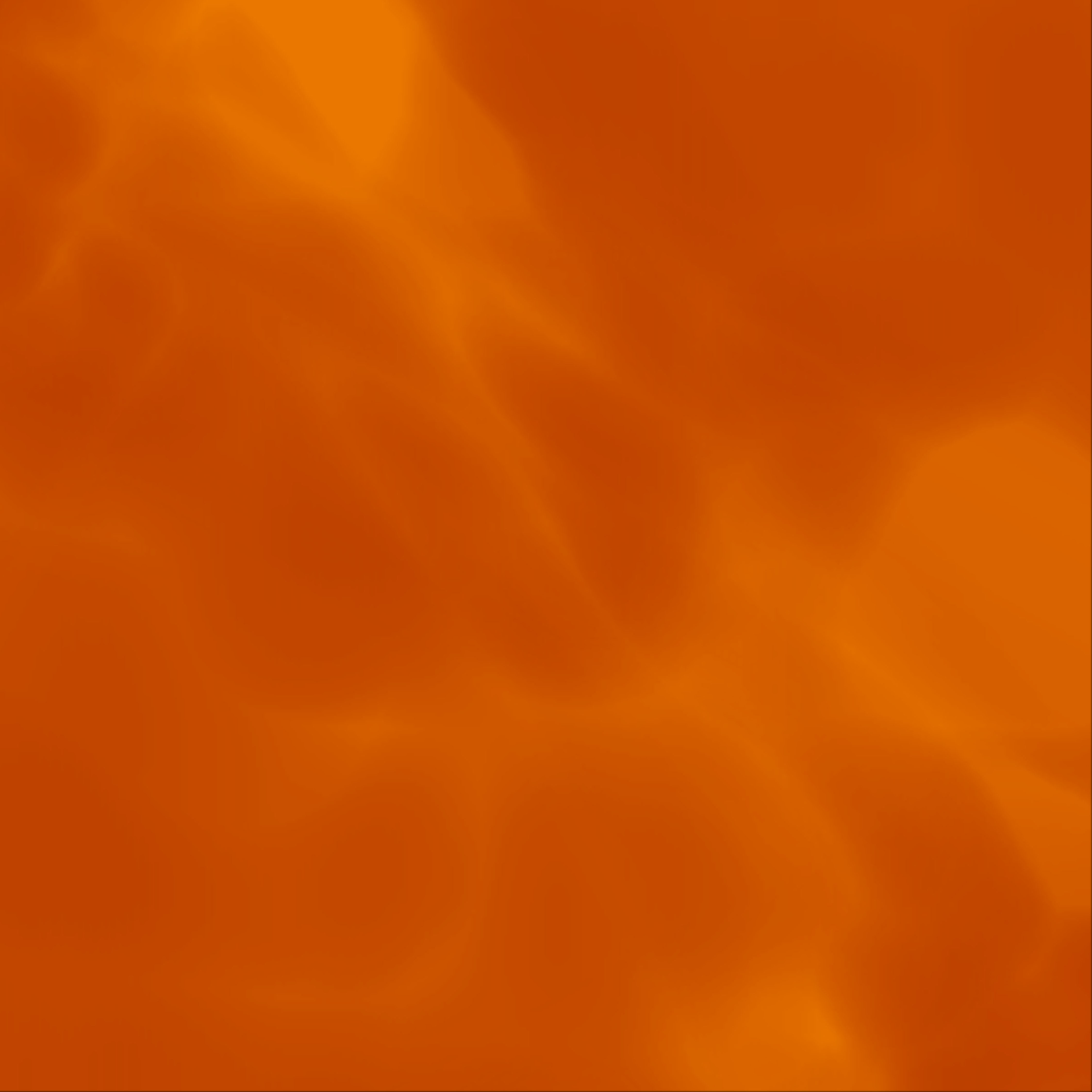
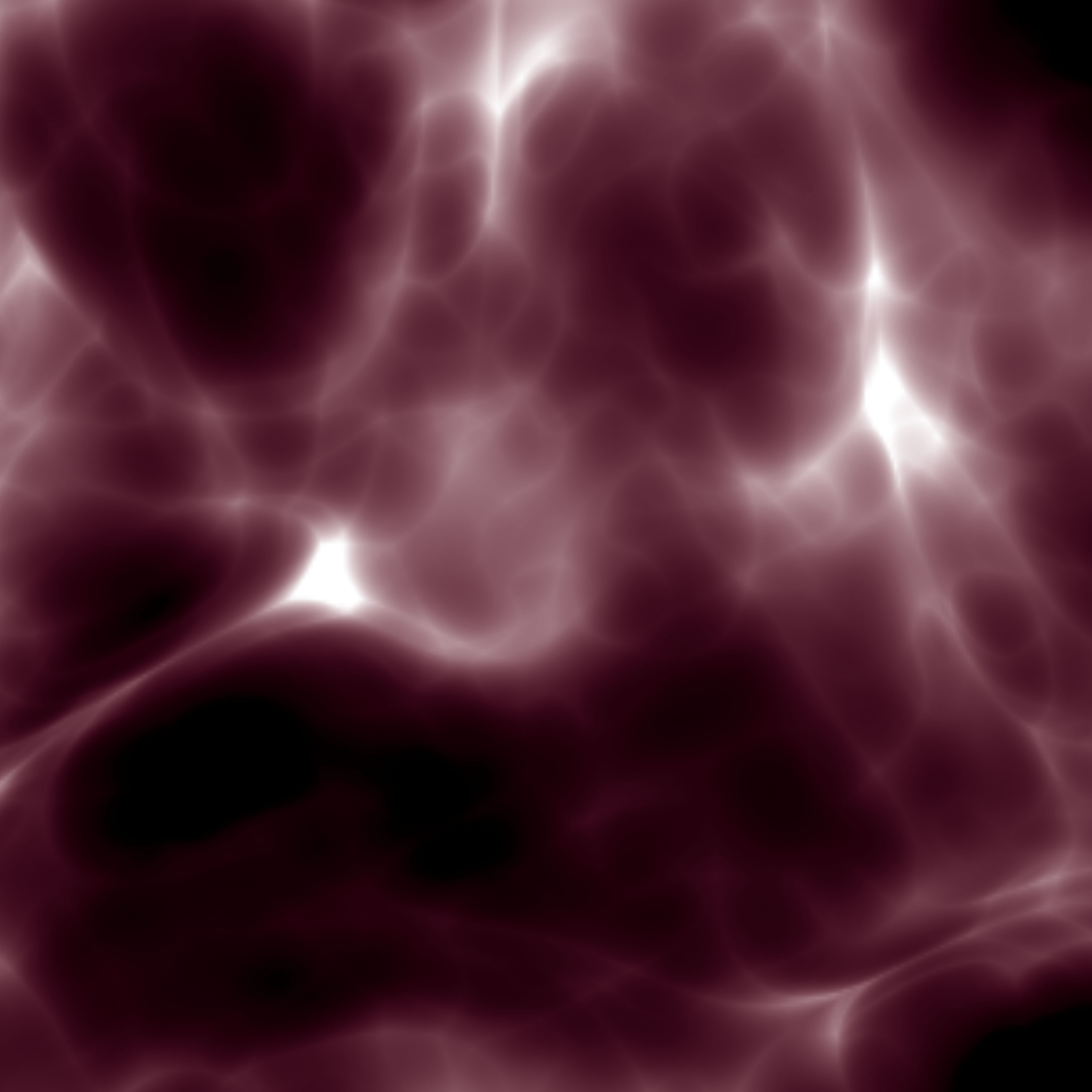
Move 36 was partially funded by the Creative Capital Foundation, New York.